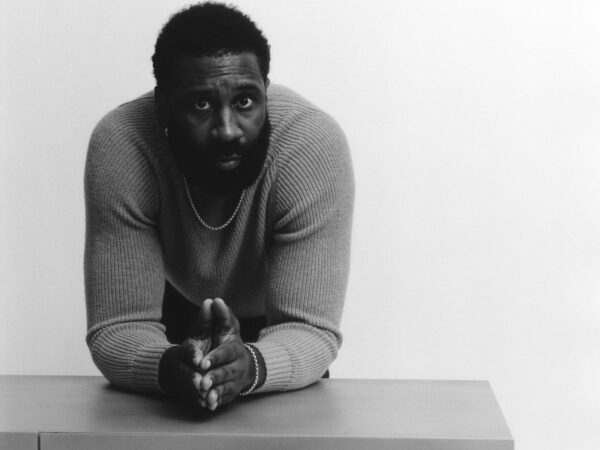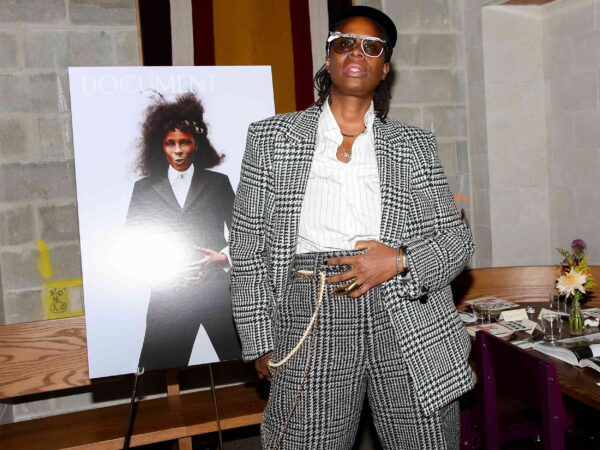From Madonna to Taylor Swift, writer and philosopher FT examines the ever-changing metric of music rankings
A few days ago, I woke up to find out on Twitter that Taylor Swift had surpassed Madonna as the female artist with the most Top 10 hits in Billboard history. This announcement wasn’t entirely a surprise, because a day or two before, everyone had been sharing a remarkable screen grab of the Billboard Top 10, all slots of which were occupied by songs from Swift’s album Midnights, released less than 24 hours previously. Quite a few of those people tweeted the screen grab, alongside the This is fine dog.
It’s true that, by any measure, Swift is a remarkably successful artist. It’s also true that, 10 or 20 years ago, taking over the entire Top 10 overnight with a slew of just-released, previously-unheard songs would have been unimaginable. The biggest difference, of course, is streaming, the numbers for which now factor into the Billboard Hot 100, so that when an artist has a midnight album drop, their songs can become “hits” instantly—before anyone knows if they’re any good or not. That does mean the Hot 100 tracks what’s “hot,” rather than simply counting sales numbers. But it also means that a different kind of success is being measured, because getting someone to make an individual and specific purchase is a lot harder than getting someone to press play on an album that everyone else is also listening to, on a streaming service they already pay for. And not only does streaming reward repeat listening, it also rewards simultaneous play, a concept that would seem deranged a decade ago. I may be old, but to me, convincing five different people to go to a record store to buy a single is more impressive than convincing one gay publicist in Hell’s Kitchen to stream a new album on all five of their Apple devices at once.
In the past, what you did at home once you paid for music was of little interest to the music industry; what mattered was repeat play on the radio. For an artist to have a hit single, DJs, VJs, and other tastemakers had to decide a song was good enough to expose people to in the first place. Today, finding the right liquor brand or fashion designer to cross-promote with is, in some ways, more important than convincing industry people that your song is good.
“We’re now measuring what people are listening to, and not what’s popular in the sense of being liked and appreciated by those listeners.”
When it comes to programming and personal taste, the streaming revolution has undoubtedly been a boon to music lovers; young people today will never know the anxious pleasure of sitting in front of a boom box for two hours with your finger hovering over the record button, waiting for them to play the song you want to tape. But generating enough hype that people tune into a midnight album drop out of FOMO requires a different kind of promotion.
Tracking plays gives us a clearer picture of what people are actually listening to, rather than what they’re buying; but at the same time, we’re now measuring what people are listening to, and not what’s popular in the sense of being liked and appreciated by those listeners. When millions of people sit down to listen to the new Taylor Swift album (or recent big albums by Drake or Beyoncé), they’re contributing to the industry-standard measurement of that music’s success before they even know if they like it.
With Top 10 hits, time works differently than it used to. Now, we measure how many people got excited about the song before it dropped; the old standard measured how many people heard the song, then got excited about it. Both are temporal processes, but in each case the process happens on a different side of the release date. In the past, if MTV decided to promote a video full-blast, and played it on a loop over the first weeks following release, and the song sucked and nobody bought the single, the fact that many, many people had been exposed wouldn’t translate into a measurable victory for the artist. What mattered was pre-meditation: People had to take the extra step of liking the song enough to go out and find a physical copy. Keep in mind that, for most of Madonna’s career, people could cheaply and easily tape the radio and MTV, making their own bootleg hard copy and disincentivizing sales. Today, ripping a track is more work than streaming it.
Labor also works differently today; many artists put a great deal of effort into their work, but the number of hands involved from the moment an artist writes a song to the moment it’s declared a hit has shrunk to a fraction of what it used to be—except when it comes to the number of songwriters credited on an average hit, which has increased precipitously.
“Keep in mind that, for most of Madonna’s career, people could cheaply and easily tape the radio and MTV, making their own bootleg hard copy and disincentivizing sales. Today, ripping a track is more work than streaming it.”
It’s easy to forget in the days of laptop production, but studio time used to be a huge budget item. It still is, if you decide to pay for one—but now you don’t have to. From the mid-’80s to the mid-’90s, many of Madonna’s hits featured a live studio band, meaning that to make “Like a Prayer” in 1989 took dozens of people, and dozens more were involved in the publicity machine required to drum up exposure and, thus, sales. Madonna crafted not only a distinct look, but often also a distinct theme and storyline for many of her singles, carefully tied into an elaborate and often expensive music video. All of this promotional labor from artists and labels had to happen before a song could be a hit—not in order to make it a hit, but in order to even create the conditions under which it could, if people liked it.
I want to stay approximately close to reality, rather than leaning into nostalgia. Taylor Swift doesn’t control Spotify’s algorithms any more than Madonna was personally responsible for programming her own videos on MTV in the 1980s. “Burning Up” was basically one drum machine, and the video was just shots of her rolling around on the sidewalk. And even today, the most successful artists on major labels receive deluxe promotional treatment, with expensive videos and elaborate pre-launch machinations—it’s apparent, for example, that Beyoncé doesn’t cut corners with studio expenses or promotional budgets. The difference is that, nowadays, these things feel more like rewards for artists who have already demonstrated themselves as a brand, and less like financial risks that labels take to try to make an artist’s work popular. Even with a very schematic and approximate comparison, it’s clear that in terms of labor, expertise, and effort, what we measure today when we rank hit singles isn’t quite the same as what we used to measure 10 or 20 or 30 years ago.
2,500 years ago, the ancient Greek historian Herodotus sat down to record the erga megala, or “great deeds,” of humanity. His Greek word for “deeds,” ergon, is both the thing produced and the effort it takes to produce it. An ergon could be writing a book or fighting a war; it could also be building a pyramid. What mattered was the concentrated effort—the labor and time and expense of doing the deed. The theory and writing of history have come a long way since Herodotus. Few modern historians consider their role to be simple record-keeping, and few limit the object of their study to human achievements alone. History is generally no longer regarded as a deliberate product of human labor, or as the mere sum of great men’s lives and deeds. But at its ancient root, this was the impetus of historiography: to record remarkable and unusual accomplishments. Each era has its own forms of greatness, and its own kinds of labor and expense. 2,500 years after Herodotus, we’re still troubleshooting the yardsticks we use to compare human accomplishments. There’s probably no right answer, and it’s inevitable that changes in society and technology will continue to change the way a great ergon is made and measured. Nonetheless, perhaps record-breaking achievements should not be evaluated too swiftly.


















